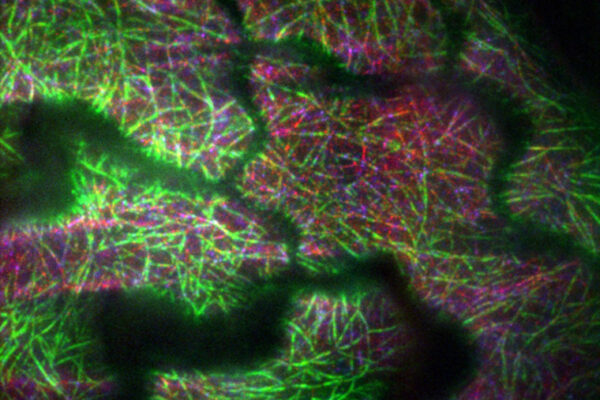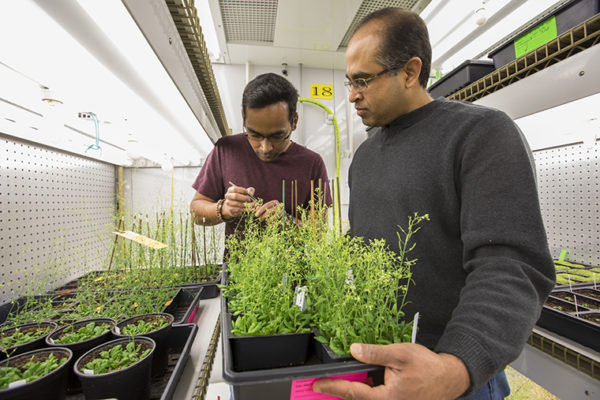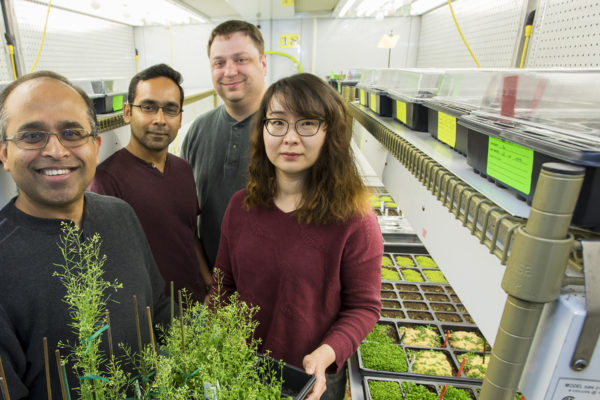As a baby seedling emerges from the depths of the soil, it faces a challenge: gravity’s downward push. To succeed, the plant must sense the force, then push upward with an even greater force. Visible growth is proof that the seedling has won against the force of gravity.
What we cannot see is how plants sense force, at least not yet. But a discovery by plant biologists at Washington University in St. Louis will help make it possible to study how mechanical forces, such as gravity, affect the way that plant cells form and grow.
Ryan Calcutt and Ram Dixit in Arts & Sciences collaborated with material scientists at the New Jersey Institute of Technology and Alabama State University through the Center for Engineering Mechanobiology to create the first artificial scaffolds that can support the growth of individual plants cells. Their new study is published Oct. 20 in Science Advances.
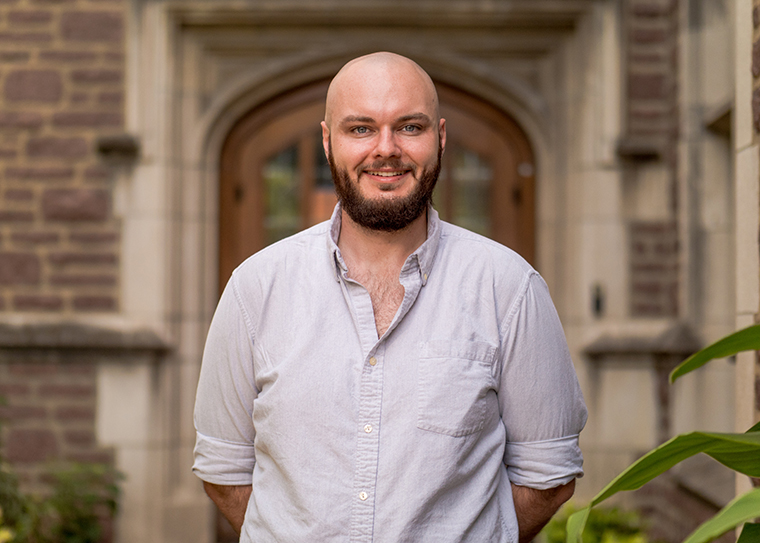
Calcutt, a graduate student in Washington University’s Plant and Microbial Biosciences Program and first author on the study, screened more than 20 scaffolds — each one composed of a different material with a different set of physical and chemical properties.
The scaffolds were made by the material scientists involved in the collaboration, including Richard Vincent, a graduate student at the New Jersey Institute of Technology working in the laboratory of Treena Arinzeh, distinguished professor of biomedical engineering, and Derrick Dean, professor of biomedical engineering at Alabama State University.
“We found a range of effectiveness, which was useful in probing which properties were important for adherence of plant cells to the scaffold,” Calcutt said. “We could compare the properties of the scaffolds that did not work very well with those that did.”
A pattern emerged. Negatively charged, hydrophobic materials that generate an electrical charge in response to mechanical stress created the most effective scaffolds. These same properties are found in the plant’s cell wall.
One material, in particular, stood out. Scaffolds made of polyvinylidene fluoride-trifluoroethylene copolymers mimicked the properties and structure of the plant’s cell wall.
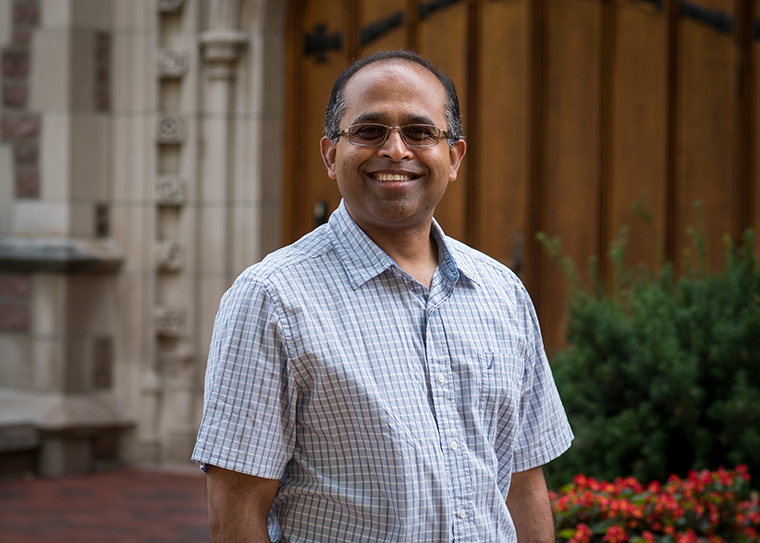
Calcutt found that pectin — a complex, negatively charged polysaccharide that forms gels — is primarily responsible for adhering plant cells to the scaffolds.
“This was exciting to us because it reveals that the way plant cells adhere to scaffolds is similar to the way they adhere to each other within plant tissues. Therefore, these scaffolds should be suitable for the construction of functional plant tissues in the future,” Calcutt said.
“Because pectin is found in the cell walls of all land plants, these scaffolds hold promise as a widely applicable tool,” said Dixit, professor of biology at Washington University.
The new tool will allow scientists to grow and observe cells for a long period of time in a physiologically relevant setting. It holds promise for future studies looking at how plant cells distinguish between different forces or the developmental cues needed for a plant cell to grow into a plant.
“This work would not have been possible without our collaborators in engineering,” Dixit said. “It is a great example of how the confluence of multiple fields can lead to the creation of new technological platforms in biology.”
